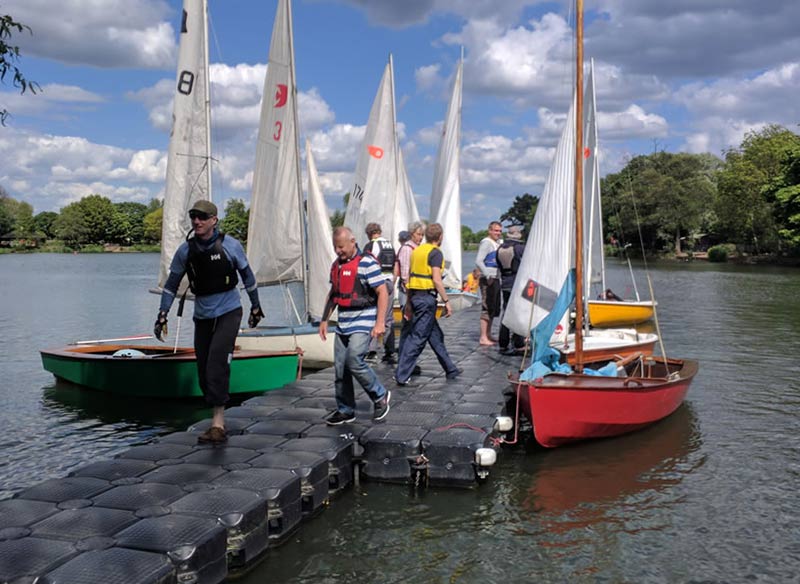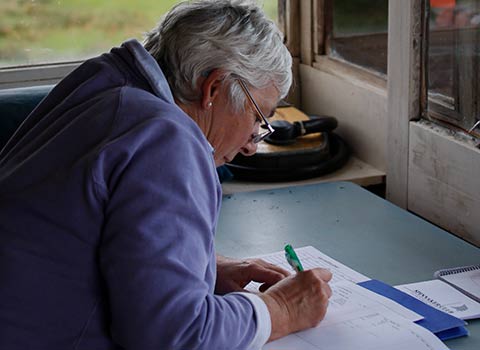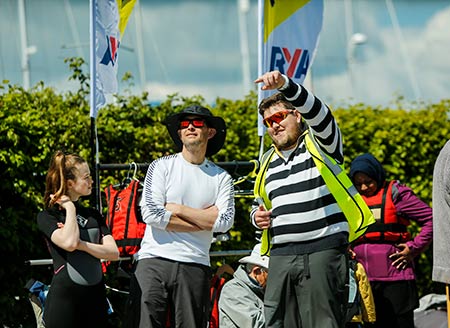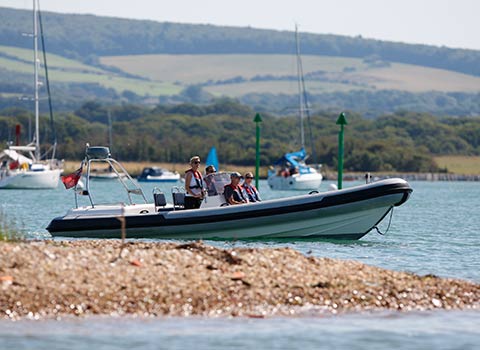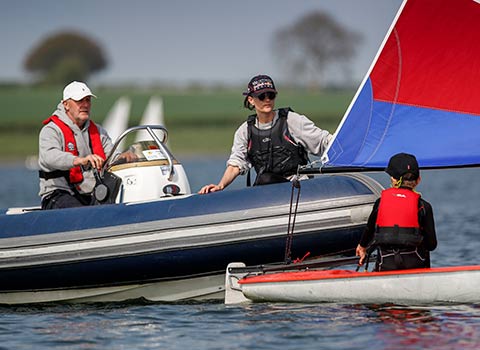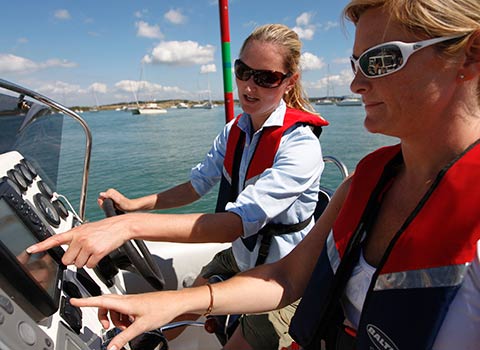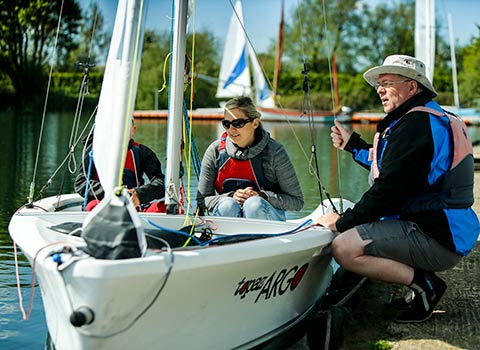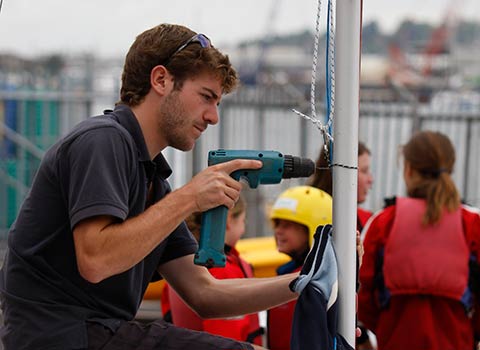People accept the risks and choose to take part
Supporting individuals and their decision to participate, knowing the risks involved
It is important people feel able to take part, whether as a participant or in a support role, and part of that is acknowledging the inherent risk involved with on the water activity.
Reflect on what you can do as an organisation to ensure everyone involved feels safe, is able to take part and has fun.
Consider whether you can:
- Provide a positive, welcoming experience every time
- Offer reassurance about safety – the measures in place and clarity about what you need people to do
- Be clear about the equipment available (including what people need to bring with them)
- Enable people to identify any specific individual needs they have in a safe and private environment, and come up with a plan to provide the support required
- Have robust sign up processes
- Be clear about the risks involved
- Ensure people give their consent to take part
A positive, welcoming environment makes it more likely that people will feel able to ask the questions they may have, be open about the support they need and co-operate with the safety measures in place.
Signs reminding people to wear buoyancy aids or kill cords, briefings before each session, and friendly reminders when people forget important safety measures all offer reassurance about safety – they help establish a safety culture.
Identifying needs
As an organisation, you are looking to make good decisions about a person’s safety and how they can participate, so you need to know what is important to them and the support they need. Individuals are looking for reassurance the activity is for them, that it will be worth giving it a go and it is worth coming back to again and again. Getting to know volunteers and staff is key, so that you can provide the support they need to carry out their role.
For participants needs, so you can plan to
- Get familiar with the boat and all the controls
- Get in and out of boats
- Be recovered from the water
- Be able to move around once in a boat
- Use any equipment that may be needed to be safe, control the steering or sails, or to maintain posture / grip on any part of the boat?
- Respond in the event of an incident
Getting to know someone and the support they need is more than the information you record about them, but as an organisation will need to decide what information to collect about individuals’ support needs.
How reasonable it is that you collect such information is a key question you should be able to answer
Consider:
- What is the nature of the activity taking place?
- What level of support and supervision are you offering?
- What is the nature of the relationship between participants and your organisation?
- What action might you take based on the information you collect
- Have you got clear mechanisms for passing on the information to those who might need to act on it?
- Are the participants children and are their parents present?
- Do participants lack capacity to communicate their own needs to you and is a family member / carer present who can support the decision making process?
If you do decide to collect personal sensitive data about a person and their needs, the simplest is a two-step approach
Do you have any support needs or health considerations that may affect your ability to take part and that the organisers need to be aware of to keep you safe?
Yes / No
Please provide details of anything the organisers might need to be aware of that may affect your ability to take part and for us to keep you safe?
Free text
Fitness to participate
Whether a person is fit to participate in an activity, or in the role asked of them, is a separate question from the support they may need and should generally be the responsibility of the person themselves (or a parent / carer / guardian). Risk statements are a good place to include an acknowledgement to this effect.
Things change
Both the support a person needs and their fitness to participate can change, so have procedures to ensure information you collect is up to date, and that welcoming, positive environment will encourage people to share what might have changed.
Risk statement
Sailing has some inherent risks. As an organisation you have a duty of care to reduce the risk to a level as low as reasonably practicable, hence the importance of the risk assessments you carry out and a focus on safety. However you can’t eliminate all risk, so it is advised that you make people aware, ask them to acknowledge and inform them of their part in staying safe.
A risk statement may include an agreement and acknowledgement that participants
- Are aware of, and accept personal responsibility for the inherent element of risk involved in the activity
- Will follow the advice and instructions of the organiser – particularly in relation to the handling of boats, wearing of personal flotation devices, wearing of suitable clothing and any other equipment required during the activity
- Accept responsibility for anything caused by their own negligence
- Will not participate if under the influence of drugs or alcohol, or if otherwise unfit to take part
- Recognise the safety cover provided is limited to such assistance that can be practically provided in the circumstances
- Will inform the organisers of any changes to the support they need, or circumstances that impact on their fitness to participate
Questions to ask - People accepting the risks
Find out more about:
- RYA club guidance on GDPR
- Getting to know people
- Race, training and event management - the legal aspects

